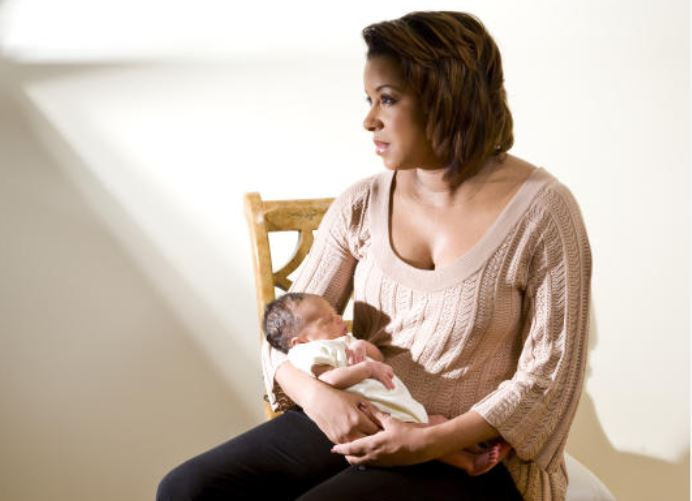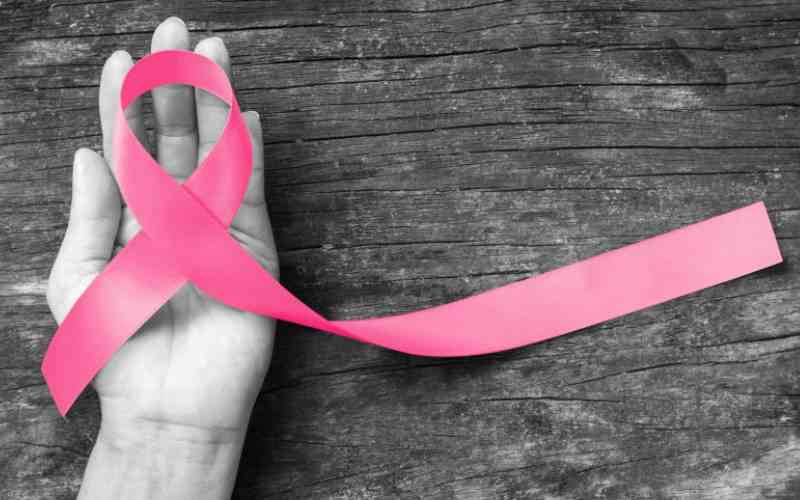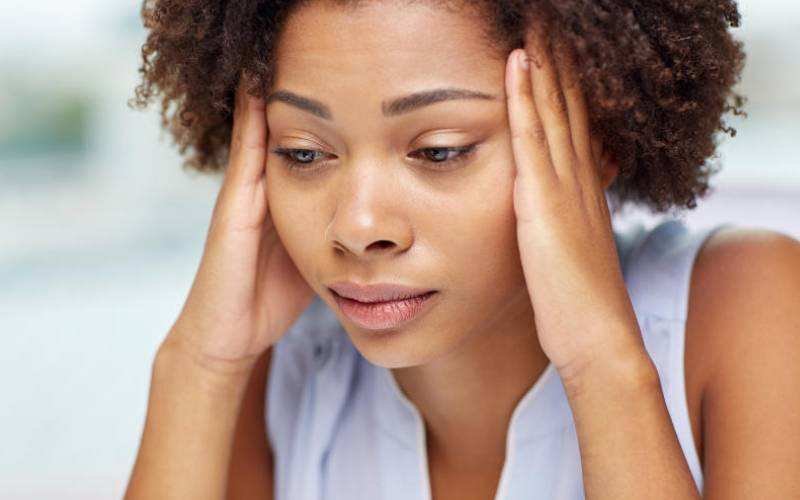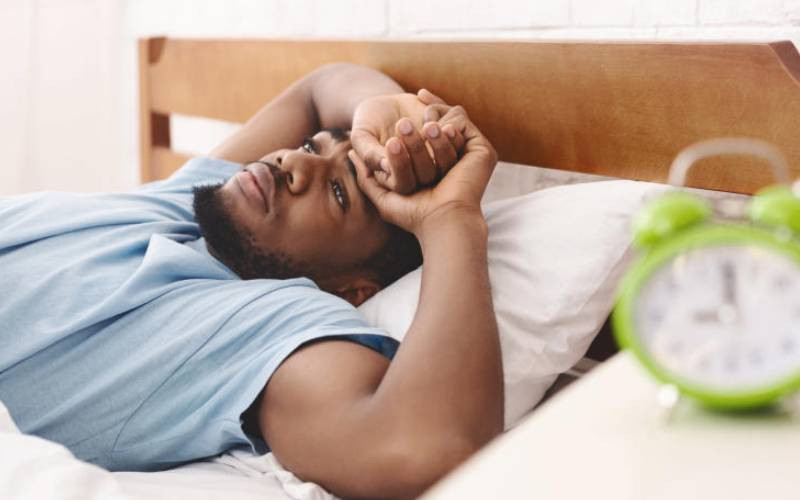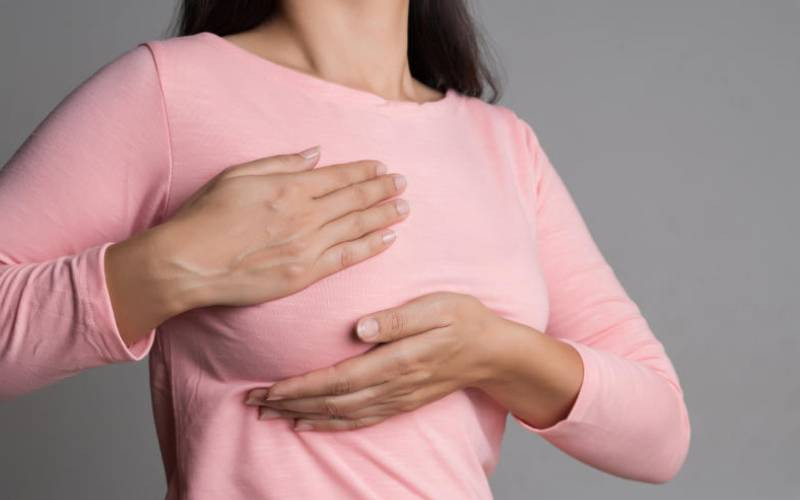
The things women go through while on their menses are often discussed, but rarely understood.
Dr Joan Okemo, a Consultant Obstetrician and Gynaecologist at Aga Khan University Hospital, says period pain also referred to as dysmenorrhea arises from the release of tiny molecules known as prostaglandins.
This process is almost like how labour pains occur and can result in significant discomfort and pain. Other than prostaglandins, factors such as inflammation, hormonal imbalances and lifestyle choices determine the symptoms one experiences during their period.
Inflammation is the body’s response to injury or infection that helps to fight harmful invaders and promote healing.
Different women experience varying levels of pain and discomfort during their monthly periods, although some have a much harder time.
Common conditions like pelvic inflammatory disease (PID), sexually transmitted infections, fibroids, adenomyosis and endometriosis can cause significant inflammation and pain. Endometriosis warriors, in particular, endure extreme pain due to their condition.
The death of celebrated media personality Njambi Koikai in early June was a wake-up call about the state of endometriosis locally and in Africa, and it was a reminder that the ailment can be ruthless in its course.
Endometriosis is a condition in which endometrial tissue grows outside the uterus, causing painful cramps, heavy bleeding and fatigue among other symptoms.
- Returning to work after maternity leave
- Teach your children good values at an early age
- Keeping your children busy over the holidays
- Safely include your children in the kitchen with these tips
Keep Reading
About one in 10 women is affected with endometriosis, however, the number may be higher due to different patient populations.
“Bravely, she shared her struggles, often calling those in authority to account, demanding better healthcare for women, especially those struggling with the menstrual disorder,” the BBC reported on Njambi’s passing.
The report added: “From the tender age of 13, she experienced a regular monthly torment, an excruciating pain that came with her menstrual cycle. However, it took 17 years to know exactly what she was suffering from and get a proper diagnosis for the condition. That was because of the lack of local facilities specialising in the treatment of endometriosis.”
Diagnosing endometriosis can be challenging due to the overlap of its symptoms with other gynaecological conditions. On average, it takes about eight years for an accurate diagnosis of endometriosis.
Dr Ezekiel Mecha, an endometriosis researcher, says: “The symptoms of endometriosis include menstrual pain that is often severe and may worsen over time, pelvic pain outside of menstruation, dyspareunia (pain during sexual intercourse); painful bowel movements or urination, especially during menstruation, heavy or irregular menstrual periods and difficulty becoming pregnant.”
While not all period pain is a sign of endometriosis, Njambi shared in her journey that she was often misunderstood at school, and later on at work, due to the complications that came with her period.
Njambi recounted how she would inform her employers and colleagues about why she had to take sick leave for up to two weeks at a time sometimes, but not everyone was empathetic of her situation.
Severe period cramping can stem from numerous factors, and this is not any different for endometriosis.
“There are many causes of endometriosis, the two common ones being genetic inheritance and retrograde menstruation, when blood from your period flows backwards into your abdomen instead of out of your vagina,” says Dr Mecha.
Nguvu Collective Kenya, a non-profit organisation that advocates for social power and leadership of women, has called for the government to take Njambi’s death as a wake up call and introduce paid period leave in Kenya.
Nguvu Change Leader Sylvia Awinja writes in a statement released to Eve that Njambi’s tragic death should be “a stark reminder of how menstruation cannot be taken lightly.”
“How long will we continue to ignore the crippling pain women face every month and act as if everything is normal?” Sylvia, who also experiences severe menstrual pain, asks.
“Even when she was enduring severe pain, Njambi used all her available platforms to raise awareness about menstrual health. It is incredibly pressurising for a working woman to be undergoing pain that numbs her mind and body and yet, perform at her usual pace.”
Dr Okemo says one can take pain medications to alleviate pain by reducing inflammation and inhibiting prostaglandin production.
Additionally, hormonal birth control methods, such as pills, patches or intrauterine devices, can help regulate hormonal fluctuations and minimise uterine contractions. Continuous dosing of hormonal contraceptives can further suppress menstruation and alleviate associated pain.
Non-drug treatments like applying heat to the abdomen with warm water bottles, maintaining a balanced diet, regular exercise and complementary therapies like yoga may also provide relief from menstrual discomfort.
However, these treatments may sometimes prove ineffective or come with significant side effects, making it difficult for individuals to maintain a physically and mentally active lifestyle, especially in demanding environments like an office.
In chronic cases of menstrual pain, such as endometriosis, which cannot be prevented or cured, symptoms are managed similarly to typical period pain. Early detection and proactive management are crucial.
Surgical options, such as laparoscopic excision or ablation of endometrial implants to remove abnormal tissue, along with fertility treatments, offer hope for managing severe pain. However, these procedures can be costly, making them inaccessible for many.
Many countries acknowledge paid period leave as a right for women. But what about the menstrual rights of Kenyan women?
According to Nguvu Collective, Sylvia has already filed an online petition urging the Speaker of the National Assembly, the Ministry of Labour and Social Protection, and the Chairperson of the Parliamentary Committee on Labour and Social Protection to enact legislation that will mandate all employers in Kenya to grant women employees who are experiencing painful or uncomfortable menstrual symptoms paid three days off work per month.
“Her petition has gathered the support of 7500 Kenyan citizens and continues to gather momentum.”
Seven countries - Zambia, Spain, Indonesia, Japan, South Korea, Taiwan and Vietnam have implemented a menstrual leave policy.
“Alongside a small, but growing number of countries around the world, Zambia, in 2015, introduced a formal menstrual leave policy, dubbed ‘Mother’s Day’, to enable women to cope better with menstrual pain,” Re: Solve Global Health, a global healthcare website reports.
And Spain allows women to take three days off in a policy that was introduced last year.
The Washington Post reports that the question of menstrual leave is often contested and debated, even among women. While noting the conversation it sparks, Days For Girls, an NGO, describes the menstrual leave policy as one that allows a person to take paid or unpaid leave from their employment if they are menstruating and are unable to go to work.
“Menstrual leave is distinct from “sick leave,” which is often mandated by federal law.”
Days For Girls adds: “As more countries and companies pass menstrual leave policies, academics, activists and organisations are debating its merits, creating a controversy over the issue and sparking opinion pieces either singing its praises or condemning it as anti-feminist.”
 The Standard Group Plc is a multi-media organization with investments in media platforms spanning newspaper print
operations, television, radio broadcasting, digital and online services. The Standard Group is recognized as a
leading multi-media house in Kenya with a key influence in matters of national and international interest.
The Standard Group Plc is a multi-media organization with investments in media platforms spanning newspaper print
operations, television, radio broadcasting, digital and online services. The Standard Group is recognized as a
leading multi-media house in Kenya with a key influence in matters of national and international interest.




